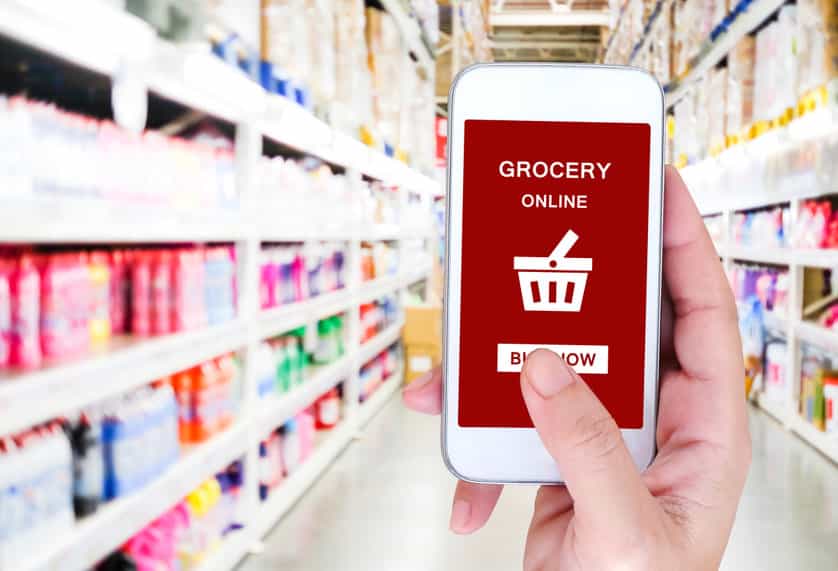By John Salak –
Pretty much everything can be bought online now, including groceries. It makes people’s lives easier and can even save them money, both good things. Overall online shopping, not surprisingly, soared during the pandemic’s tightest restrictions, while particularly rising for food and beverages.
In fact, Statista data service reports that online grocery sales hit over $20 billion in 2021 and should rise another 25 percent by 2023. About 150 million Americans are involved in these purchases in some way, the service added. Other estimates place online grocery sales even higher.
The growth in these online food and beverage sales is expected to jump even further in the coming years for a whole host of reasons. All of this brings benefits. However, what hasn’t been as forthcoming is appropriate displays of nutritional information for the products sold by online food retailers, according to researchers at New York University’s School of Global Public Health.
They argue that the labeling laws established by the U.S. Food and Drug Administration (FDA) lag behind the labeling requirements for products sold in brick-and-mortar stores. The FDA’s existing requirements are attached to most prepared foods, such as bread, cereals, canned and frozen foods, snacks, desserts and drinks as a means of educating and empowering consumers.
“Information required to be provided to consumers in conventional grocery stores is not being uniformly provided online—in fact, it only appears on roughly a third of the online grocery items we surveyed,” warned Jennifer Pomeranz, the study’s lead author and an assistant professor Global Public Health.
“Our study shows that the online food shopping environment today is a bit of a Wild West, with incomplete and inconsistent provision of required nutrition information to consumers,” added Dariush Mozaffarian, dean of NYU’s Friedman School. “Online shopping will only continue to grow, and this creates an excellent opportunity to positively influence consumers to make healthy and safe choices. We need to leverage this chance to help make progress against the nutrition-related health crisis in this country.”
Ultimately, the rapid growth in online grocery shopping has simply outpaced regulatory attention. The NYU researchers noted there is simply a loophole for online food products. While U.S. law requires nutritional facts, allergen information and ingredient listings to be placed on the physical packaging of food products, they explained these regulations do not apply to online retailers.
Some online retailers do provide nutritional information on their products, but the NYU survey found that information varied widely. For example, its research discovered that potential allergens were disclosed on only 11 percent of products, while nutrition facts and ingredients lists were listed about half the time.
Producers, however, didn’t hesitate to include marketing health-related claims such as “low sodium” citations, which appeared on almost two-thirds of products, they added.
“Our findings highlight the current failure of both regulations and industry practice to provide a consistent environment in which online consumers can access information that is required in conventional stores,” reported study author Sean Cash. “With the expectation that online grocery sales could top $100 billion for 2021, the requirements to provide consumers with information need to keep up with the evolving marketplace.”
The ongoing failure to disclose information for online food products can present safety concerns for consumers who depend on it, especially as it comes to allergens, sodium, or sugar, the NYU team warned.










